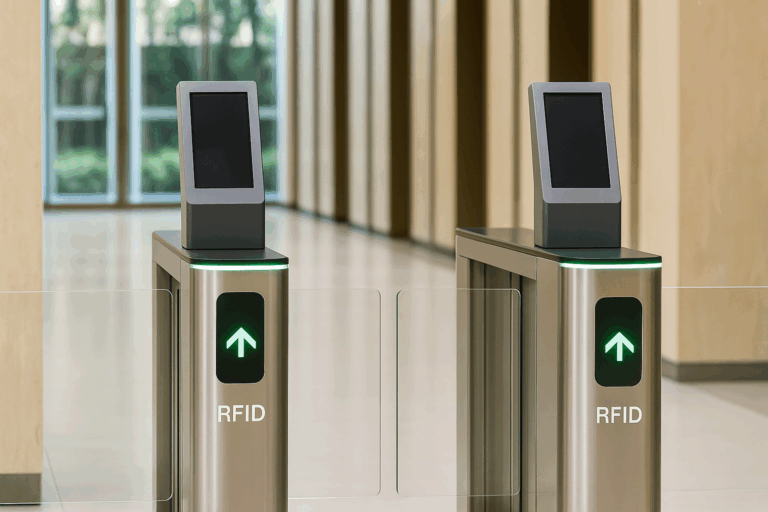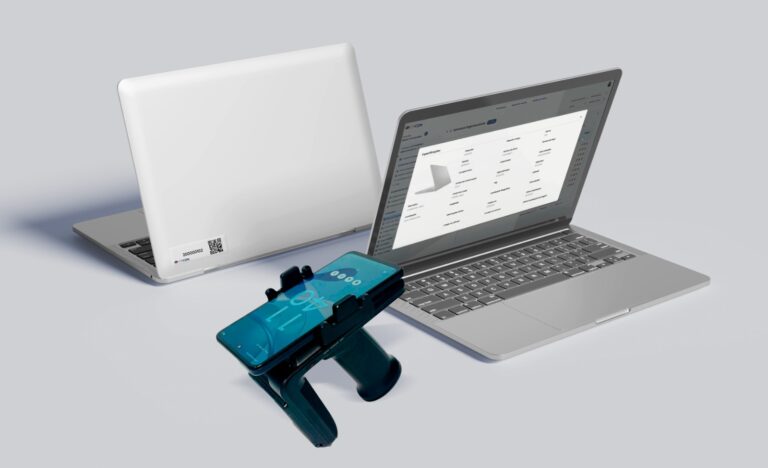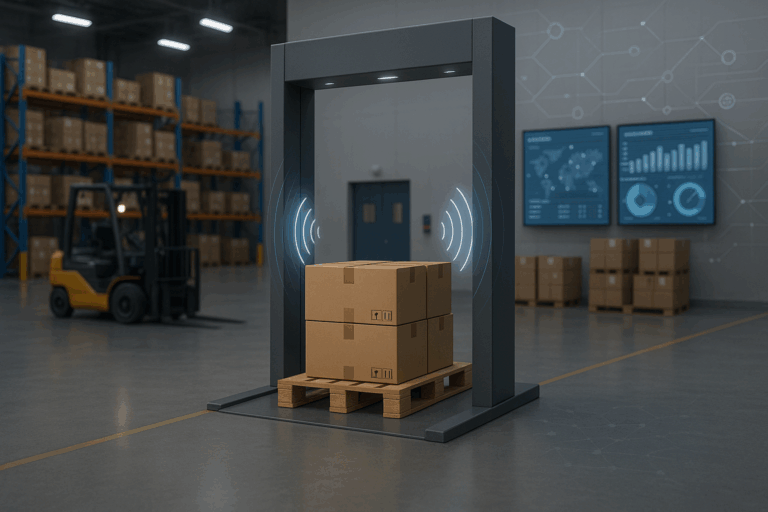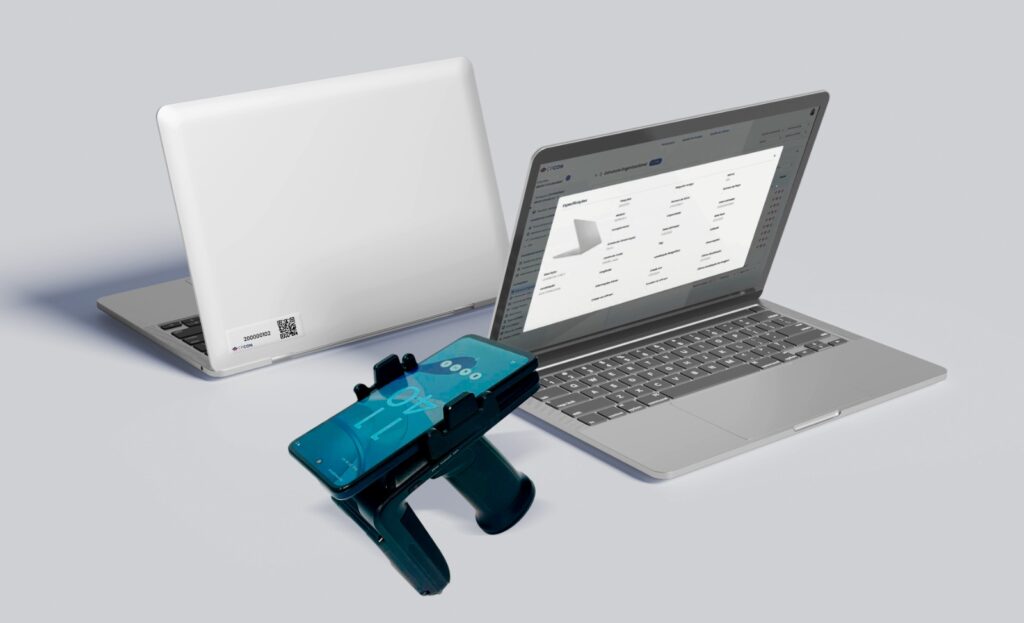In the food industry, any equipment failure can mean far more than just financial loss. It can compromise food safety, trigger million-dollar recalls, and even damage a brand’s reputation. This is why asset management has become a strategic pillar for food companies in the U.S. and worldwide.
More than just keeping machines and production lines running, asset management ensures compliance with strict regulations, reduces operational costs, and guarantees quality at every stage of the process.
With refrigeration systems, storage silos, packaging lines, and inventories under constant pressure to operate flawlessly, asset management is no longer just a good maintenance practice. Today, it is a competitive advantage that separates resilient companies from those vulnerable to losses, penalties, and declining consumer trust.
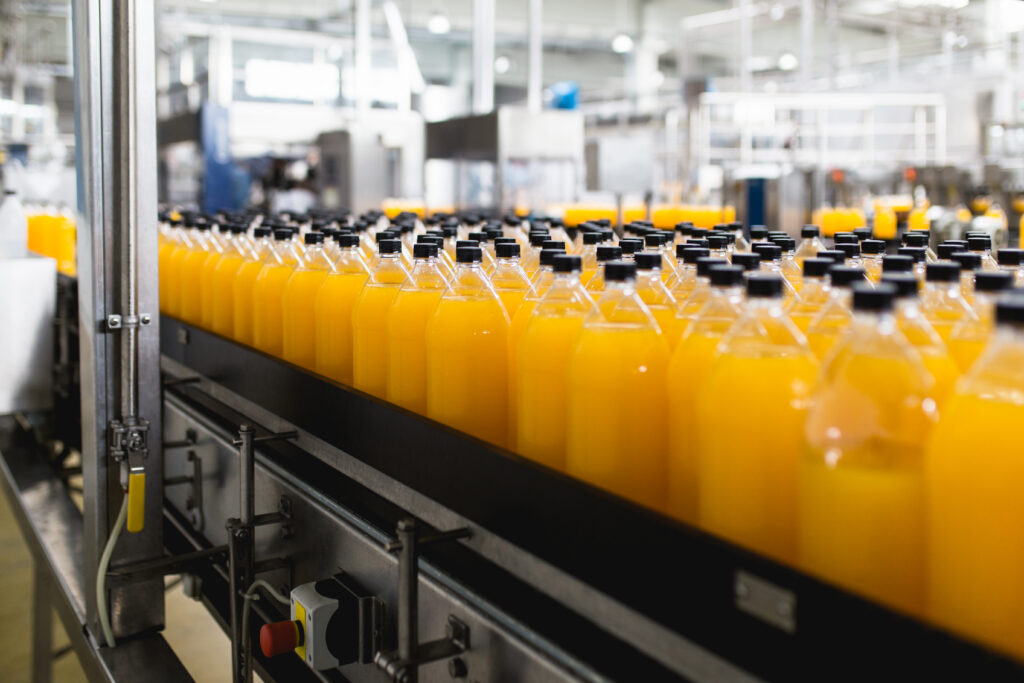
Table of Contents
ToggleWhat is asset management in the food industry?
In practice, asset management in the food industry is the combination of strategies, processes, and technologies used to control, monitor, and optimize all resources that sustain production. These assets include refrigeration and packaging equipment, storage silos, climate control systems, and even facility infrastructure.
What makes the food sector different is the level of rigor and complexity required. While equipment downtime in other industries might cause delays, in food manufacturing it can result in contamination, spoilage of entire batches, and significant financial damage.
That’s why asset management goes beyond simply cataloging equipment or scheduling maintenance. It is a strategic approach that integrates quality, safety, productivity, and sustainability into a single management flow. This enables companies to anticipate failures, comply with international standards such as HACCP and GMPs, and protect consumer confidence.
Key Benefits of Asset Management for the Food Industry
Food companies operate under constant pressure: delivering safe, high-quality products at scale while complying with strict sanitary regulations. In this scenario, asset management is not just a control tool, but a true strategic differentiator.
Main Benefits of Asset Management
1. Ensuring food safety and quality
Keeping conveyors, refrigeration systems, and production lines in perfect working condition drastically reduces the risk of contamination and unwanted variations. In the United States, the Food and Drug Administration (FDA) identified poor equipment sanitation and management as one of the leading causes of food recalls between 2012 and 2017. These incidents can cost companies an average of $10 million per recall, according to research from the University of California and the Grocery Manufacturers Association (Food-Safety.com, NewFood Magazine).
2. Reducing operational costs
When companies shift from corrective maintenance to preventive and predictive programs, the results are significant savings. A study by the Aberdeen Group shows that organizations with structured asset management reduced emergency repair expenses by up to 30%, while also gaining financial predictability and minimizing material waste (TEAM Group, BPD Zenith).
3. Increasing equipment availability and reliability
Another Aberdeen Group finding reveals that companies with effective maintenance programs cut unplanned downtime by up to 60%. In the food industry, where even minutes of stoppage can mean tons of product lost, this is a decisive advantage for productivity and market responsiveness (IIoT-World, Infraspeak).
4. Regulatory compliance
The food industry is among the most regulated in the world. Asset management ensures machines and facilities operate in compliance with standards like HACCP, GMPs, and FSMA, protecting companies against fines, embargoes, and long-term reputational harm.
5. Sustainability and extended asset lifespan
With proper monitoring, assets last longer. This not only generates cost savings but also reduces environmental impact by avoiding premature replacements and unnecessary equipment disposal.
Risks of Poor Asset Management
In the food industry, neglecting asset management is extremely costly. The consequences go far beyond repairing equipment — they can threaten public health, lead to billion-dollar losses, and permanently damage a brand’s reputation.
1. Productivity loss and wasted production
Unplanned downtime can halt entire lines and waste massive amounts of food. According to IIoT-World, unplanned downtime costs manufacturers an average of $260,000 per hour, with incidents lasting about four hours — over $1 million in losses per stoppage.
2. Multi-million-dollar recalls
Poor sanitation or poorly managed equipment are among the top causes of recalls. The FDA reported that inadequate cleaning was one of the most frequent factors between 2012 and 2017. The Grocery Manufacturers Association estimates the average cost of a recall in the U.S. at $10 million per incident, not including indirect costs such as consumer distrust (Food-Safety.com, NewFood Magazine).
3. Regulatory fines and sanctions
Non-compliance with standards like HACCP, GMPs, and FSMA can lead to fines, plant closures, and embargoes. Beyond financial penalties, public exposure of non-compliance can destroy years of brand building.
4. Reputation damage and market loss
More damaging than immediate revenue loss is the long-term erosion of consumer trust. Food recalls frequently gain global media attention, scaring away investors and reducing market value. In industries with tight margins, regaining credibility can take years.
Critical Challenges in Food Asset Management
Managing assets in the food industry is not just about efficiency. It is a sector where error margins are minimal, regulatory standards are strict, and the demand for productivity is constant. These factors create unique challenges that make asset management even more complex.
1. High demand and low tolerance for failures
Food production is continuous and fast-paced, serving supermarkets, fast-food chains, and exports. A single delay in a packaging line can compromise delivery schedules and contracts. Unlike other industries, there is no room for improvisation: every asset must operate at maximum availability.
2. Strict sanitary standards
Food companies must comply with HACCP, GMPs, and — for U.S. operations — the Food Safety Modernization Act (FSMA). Asset management is what ensures equipment is calibrated, sanitized, and traceable, enabling compliance documentation during audits.
3. Asset diversity and complexity
From grain silos to refrigeration units and robotic packaging lines, the diversity of assets creates logistical challenges. Each requires specific maintenance, has a distinct lifecycle, and carries different replacement costs. Overlooking these factors can create unexpected bottlenecks.
4. Cost pressure and narrow margins
The food sector operates on thin margins, making the balance between maintenance costs and profitability a constant challenge. Investments in predictive maintenance and technology often compete with short-term cost-cutting pressures.
5. Data and process integration
In many companies, asset data is still fragmented across spreadsheets, isolated systems, or manual records. This lack of integration hinders decision-making, increases the risk of failures, and delays responses to crises — such as the urgent need to trace a contaminated batch.

How Technology is Transforming Asset Management in the Food Industry
The digitalization of the food sector has created a paradigm shift: asset management is no longer a manual, reactive process but an intelligent, connected, and data-driven approach. Technologies like IoT, RFID, predictive maintenance, and even digital twins are already established in large corporations — and are rapidly becoming standard in mid-sized companies as well.
RFID and full traceability
The use of RFID (Radio Frequency Identification) enables companies to track assets, critical inventories, and even raw material movement inside facilities. This technology minimizes losses, increases inventory accuracy, and simplifies end-to-end traceability — a growing requirement in global food supply chains.
IoT and real-time monitoring
Connected sensors (IoT) collect data on temperature, vibration, and equipment performance in real time. In refrigeration systems, for instance, issues can be detected before they compromise entire batches of perishable products.
Predictive maintenance powered by AI
By combining IoT and advanced analytics, predictive maintenance identifies wear patterns and anticipates failures before they occur. This approach reduces unplanned downtime, extends asset life cycles, and enables companies to schedule interventions strategically — with positive financial impact.
Digital twins in the food industry
The concept of the Digital Twin is gaining momentum: creating a virtual replica of production lines or physical assets to simulate scenarios, predict failures, and test improvements without interrupting real operations. In a sector where downtime can cost millions, this innovation represents a leap in efficiency.
Integration with management systems
Using CMMS (Computerized Maintenance Management Systems) centralizes information on work orders, inspections, spare parts, and maintenance history. This integration enables faster, data-driven decision-making, eliminates spreadsheet dependency, and reduces human error.
CPCON Solutions for the Food Industry
At Grupo CPCON, we combine advanced technology with international expertise to help food companies overcome their greatest challenges. Our asset management solutions provide:
- Complete control of production and supply chains, with end-to-end traceability.
- Cost reduction through planned, preventive, and predictive maintenance programs.
- Regulatory compliance, aligned with HACCP, GMPs, and FSMA standards.
- RFID technology and integrated systems, boosting accuracy in asset and inventory monitoring.
- Specialized consulting, to optimize processes and support investment decisions.
Conclusion
Asset management in the food industry is a game-changer: it separates companies that merely react to problems from those that lead with efficiency, innovation, and trust. It is not just about extending machine life or cutting maintenance costs — it is about ensuring that every batch reaches consumers safely, in compliance with regulations, and in line with brand reputation.
Neglecting this process exposes companies to costly recalls, regulatory penalties, and loss of market credibility. On the other hand, investing in structured asset management — powered by RFID, IoT, and predictive maintenance — brings financial predictability, reduces risks, and turns operations into a driver of sustainable growth.
In this scenario, asset management has become a strategic pillar of competitiveness. Food companies that advance in this direction will be better prepared to face regulatory pressures, meet global consumer demands, and position themselves as leaders in quality, efficiency, and responsibility.
Ready to take your asset management to the next level?
Contact the experts at CPCON and discover how we can support your business in reaching maximum efficiency, compliance, and growth.
FAQ
1. What is asset management in the food industry?
It is the structured process of monitoring, controlling, and optimizing machines, refrigeration systems, packaging lines, inventories, and facilities to ensure safety, efficiency, and compliance.
2. How does asset management improve food safety?
By keeping equipment calibrated, sanitized, and monitored in real time, companies reduce contamination risks and ensure compliance with FDA, HACCP, GMPs, and FSMA standards.
3. What technologies are most used in food asset management?
RFID for full traceability, IoT sensors for real-time monitoring, AI-powered predictive maintenance, and Digital Twin simulations are among the leading tools.
4. What are the financial benefits of asset management?
Studies show companies can reduce emergency maintenance costs by up to 30% and cut unplanned downtime by up to 60%, saving millions annually.
Get to Know CPCON Group: A global expert in asset management and inventory solutions
CPCON Group is a global leader in asset management, fixed asset control, and RFID technology. With over 25 years of experience, we have supported major companies such as Nestlé, Pfizer, Scania, BASF, Coca-Cola Andina, Vale, Vivo, Petrobras, and Caixa in high-complexity projects.
Curious about our global footprint? We are present in:
- North America: Toronto, New York, Miami, Minneapolis, Seattle, Dallas
- Latin America: São Paulo, Buenos Aires, Lima, Bogotá, Mexico City
- Europe: Lisbon, Porto, London, Birmingham, Milan, Rome, Turin, Madrid, Bilbao
- Middle East: Dubai, Saudi Arabi
- Caribbean: Tortola, Grand Cayman
Follow our LinkedIn Showcase Page and stay updated with strategic content on asset control, inventory management, and RFID innovation across industries.
Asset management in the food industry ensures safety, efficiency, and compliance. By using RFID, IoT, predictive maintenance, and Digital Twins, companies reduce costs, prevent recalls, and extend asset lifecycles. In the U.S., compliance with FDA, HACCP, GMPs, and FSMA is essential. Neglecting asset management exposes companies to million-dollar recalls and reputational risks. With advanced technology and global expertise, Grupo CPCON helps food companies achieve full control, financial predictability, and sustainable growth.



